Rinderpest is an acute, highly contagious disease characterized by high fever, diarrhea, and high mortality rates in farm animals. Cattle and buffalos of all age groups are highly susceptible, but the infection can also occur in sheep, goats, and swine. The zebu cattle are less susceptible to this disease than pure breed and crossbred. The disease is also known as Cattle Plague, or Bovine Typhus, or Contagious Ox Typhus.
Why Do You Need To Know About Rinderpest
Rinderpest was a highly contagious and severe viral disease of cattle and buffalo. The virus has similarities with many other viral diseases like measles. According to the UN Food and Agricultural Organization, the disease has been eradicated from most cattle rearing countries. However, the disease is essential to veterinarians and scientists to study other viral diseases. In my article, I shall point out the most critical information on this severe disease.
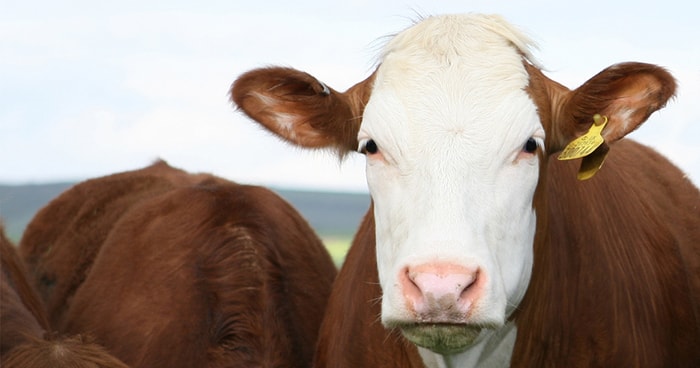
Causal Agent of Rinderpest in Cattle
The causal agent of the Cattle Plague is the Rinderpest virus of the family Paramixoviridae under the genus Morbillivirus. The virus is closely related to the causative agent of measles, Canine Distemper, and PPR in goats. The virus is a single-stranded RNA virus that produces capsulated prions. The virus is susceptible to sunlight, heat, and desiccation.
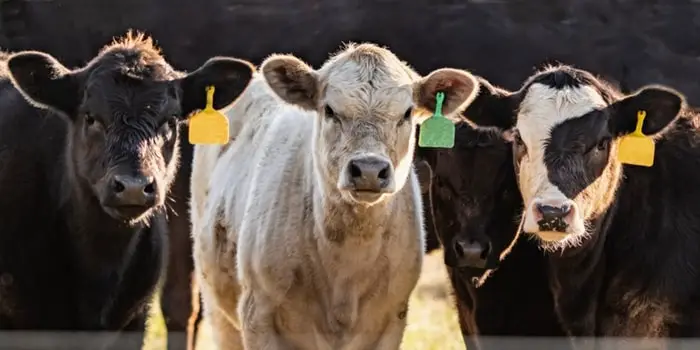
Epidemiology of Rinderpest in Cattle
The virus is excreted through urine, feces, and nasal discharge of the infected animals. The disease spread rapidly, and the morbidity rate is as high as 100%. The mortality rate is also high in outbreak areas and reaches up to 100%. The virus affects mainly domestic cattle and buffaloes. However, the disease also spread to deer, antelopes, wildebeests, giraffes, and gaurs. The virus is thought to originate in Asia and spreads through cattle transportation. Food and Agricultural Organization (FAO) declared that the virus had been eradicated from the world in 2010.
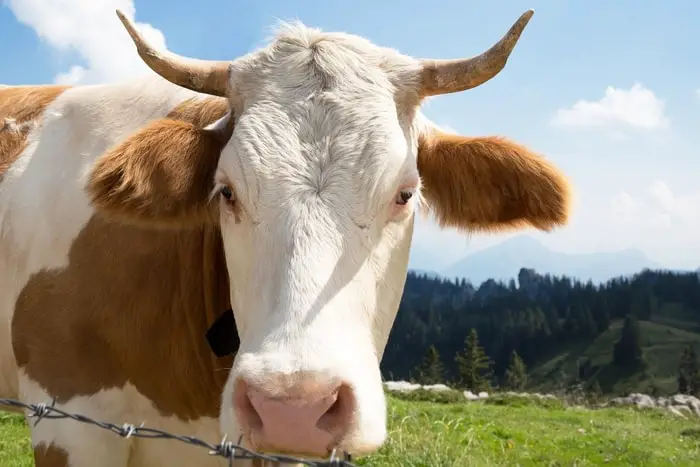
Pathogenesis of CattlePlague
The pathogenesis of the Rinderpest virus are as follows:
- The virus sheds through nasal secretion, urine, and faces.
- The entry of the virus occurs through ingestion and inhalation.
- The virus has a high affinity to lymphoid tissues and the alimentary tract.
- Following entry, the virus penetrates the upper respiratory tract epithelium and multiply in tonsils and regional lymph nodes.
- Then the virus disseminates to other lymph nodes, and large numbers spread via the blood to the mucosa of the alimentary and upper respiratory tract.
- The tissue damage is caused by viral cytopathology; therefore, the focal necrotic stomatitis and enteritis, which are characteristics of the disease, are the direct result of the viral infection.
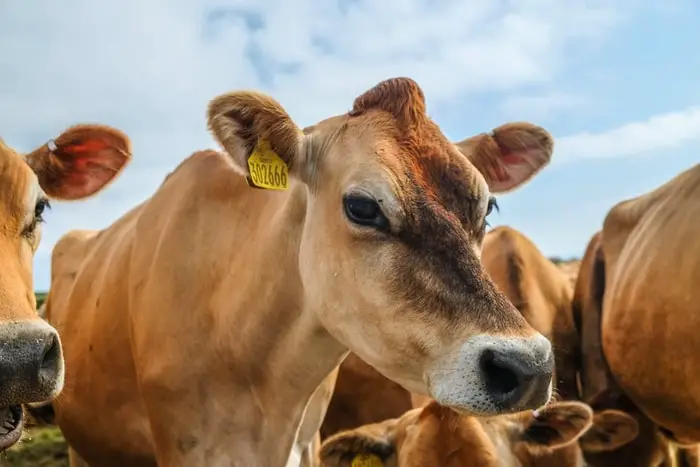
Clinical Signs and Symptoms of Rinderpest in Cattle
- The incubation period in the field usually is 6-9 days.
- Affected animals reveal a high rise in body temperature (105-107F) followed by anorexia, reduced milk production, lacrimation, and rough hair coat.
- Inflammation oral, nasal, and conjunctival mucous membranes.
- Swollen vulva and lacrimation, and nasal discharge is pronounced.
- In the oral cavity, dorsum of the tongue, discrete necrotic lesions develop, which become extensive and coalesce subsequently to form pseudomembranes.
- The redraw ulcerative lesions are commonly recorded in gums, dental pads, and inner parts of lips.
- The main sign of the disease is shooting diarrhea followed by the signs of 3Ds (diarrhea, dehydration, and death).
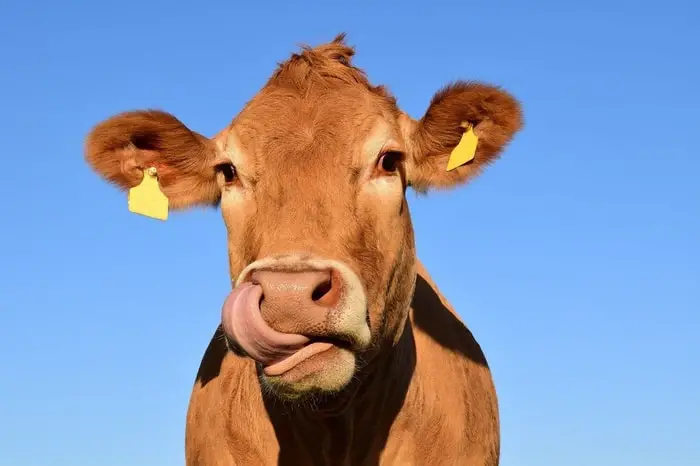
- The final diarrhea is often watery with lots of blood, mucous, and mucous membrane.
- The animal shows severe abdominal pain, thirst, and labored breathing.
- The skin of the perineum, scrotum, flank, and inner aspect of thigh becomes moist and red.
- Abortion occurs in pregnant animals.
- Death occurs in affected animals a few days after the onset of diarrhea.
Pathological Lesions of Cattle Plague
- The carcass is dehydrated, emaciated, and soiled with fetid feces.
- The lesions are noticed in the mucosa of the mouth, abomasum, and small intestine mainly.
- Oral mucosa is congested, and the lips and ventral surface of the tongue have yellowish-grey necrotic patches and erosive ulcers.
- Abomasal mucosa is highly congested and has small flat caseous deposits and ulcers.
- The mucosa of the colon and rectum reveals transverse zones of hemorrhage and erythema, giving the appearance of Zebra Stripes commonly designated as ‘Zebra Marks.’
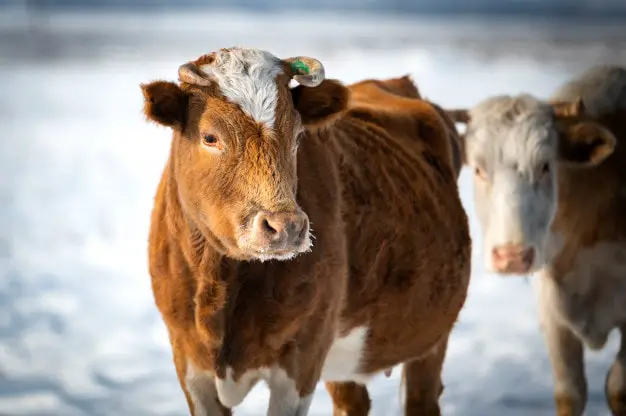
Diagnosis of Rinderpest in Cattle
- The disease can be diagnosed based on clinical signs and can be confirmed by necropsy lesions.
- Blood examination reveals lymphopenia and leukopenia.
- Serological tests like Agar Gel Precipitation Test (AGPT), Counter Immunoelectrophoresis, Complement Fixation Test (CFT), Immunofluorescence test, ELISA, and Hemagglutination test (HA).
- Antibody detection in paired serum is helpful for disease surveillance and vaccine evaluation.
- Specific cDNA probes and PCR.
- Virus identification in tissue culture and its identification is carried out using washed leukocytes harvested from blood buffy coat or new lymph nodes.
- Rapid virus isolation is possible using cutaneous growing lines of Bovine T-lymphocytes.
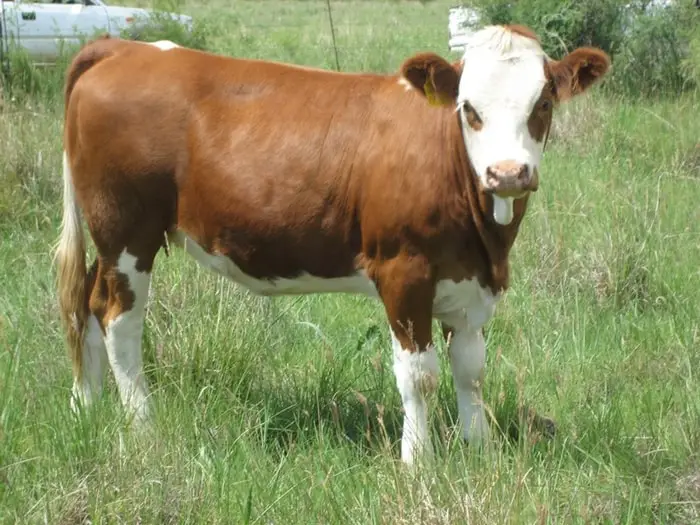
Differential Diagnosis of Bovine Thyphys Fever
The disease should be differentiated from:
- FMD, which lacks diarrhea and lesions in the feet.
- Hemorrhagic Septicemia (HS), which has swelling around the neck and dyspnea.
- Bovine Malignant Catarrhal fever which eye lesions and nervous signs are recorded.
- Bovine viral diarrhea.
- East coast fever.
- Infectious Bovine Rhinotracheitis (IBR).
- Blue Tongue.
- Sheep/goat pox in sheep and goats.
Treatment of Rinderpest in Cattle
There is no specific treatment since it is a viral disease. The palliative treatment and management of the disease include:
- Fluid therapy through oral and intravenous routes to fill the fluid loss due to diarrhea.
- A potential astringent mixture to stop diarrhea.
- A broad-spectrum antibiotic to prevent secondary bacterial infection.
- Mouth wash by 2% Boric acid solution.
- You can give poultices by Bees Honey in the mouth that improved the healing of mouth lesions.
- You can give digestive and appetizers to increase digestive ability and hunger.
Prevention and Control of Cattle Plague
- The disease can be controlled easily as the virus cannot survive outside the host for a more extended period and various strains of the virus have an immunological identity.
- A tissue culture vaccine is available, which provides immunity for a more extended period.
- For proper control of disease, wild ruminants, which serve as reservoirs, should not be allowed to contact domestic animals.
- The separation of sheep and goats from cows and buffalos is also crucial in preventing the disease.
Final Talk on Rinderpest in Cattle
Rinderpest is a common infectious viral disease of domestic cattle and buffalo. The disease was eradicated from most of the countries of the world in 2010. After that, though, few countries experience frequent outbreaks of Rinderpest in farm animals. The disease confused mostly with FMD and BVD. The disease can be treated successfully if identified early. In my article, I have discussed most of the points on this disease for veterinarians, students, farm owners, and clinicians.